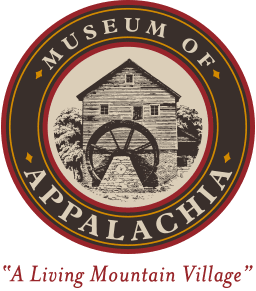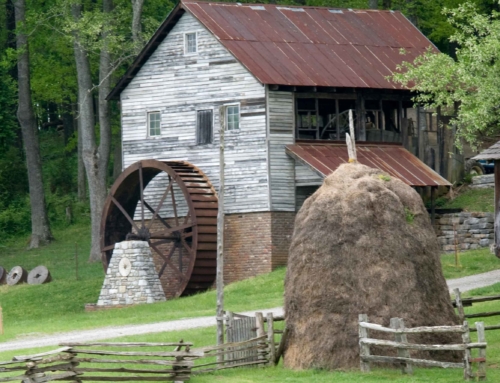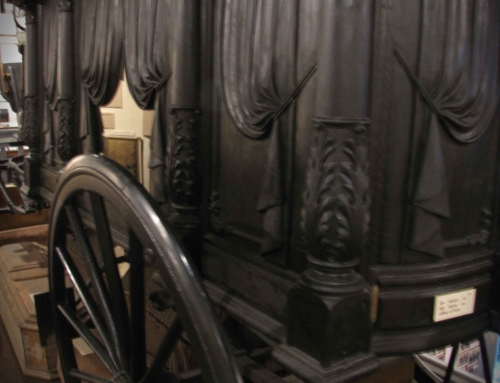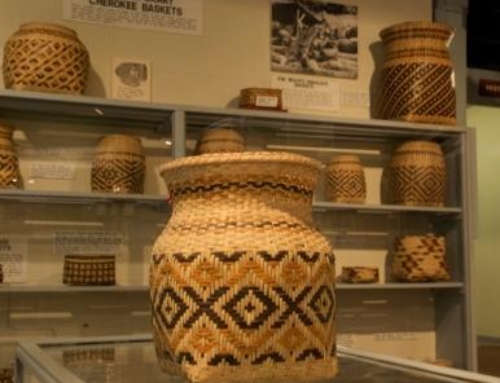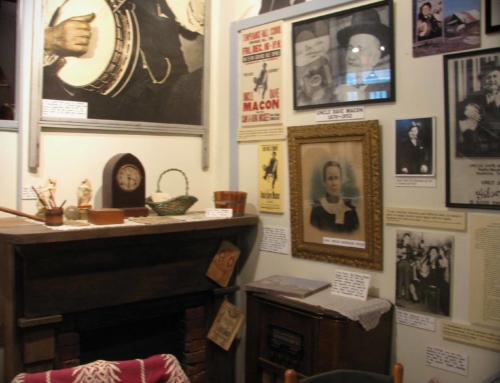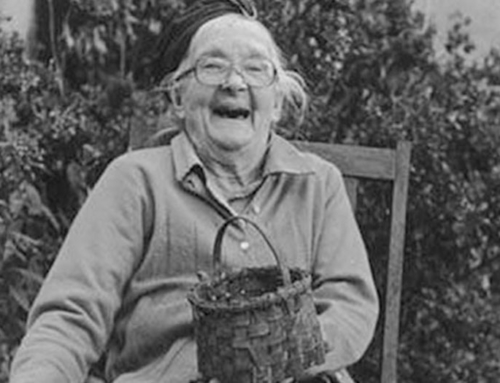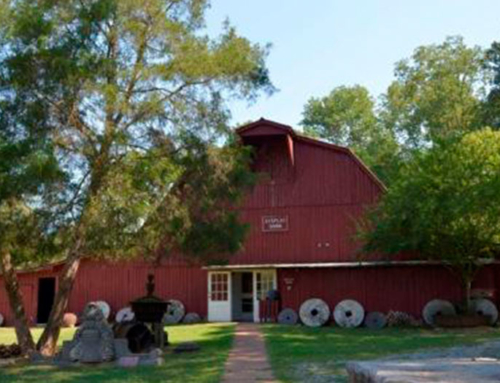The Museum of Appalachia Hall Of Fame
Our largest exhibit building is the Hall of Fame—a three-story, antebellum-style structure that has nearly 15,000 square feet of exhibit space. Such a large building was constructed for the purpose of housing personal and interesting relics, which belonged to unusual, outstanding, or interesting persons closely connected with the Southern Appalachian Mountains.
Some of the Hall of Fame members are internationally renowned. Others are unknown outside of their respective hollows and communities, although they may be no less outstanding.
An exhibit on Alvin C. York, a pacifist who later became one of the greatest heroes of World War I, includes the machine gun that York captured from the Argonne Forest in 1918. York’s exhibit shares space with that of George Burkhart, a mountain man who raised his family inside of a hollow sycamore tree. This country’s longest-serving Secretary of State, Cordell Hull, is the subject of another exhibit.
Featured just as prominently is the exhibit of “Tater Hole Joe,” a man from the hills of Tennessee who lived in a hole in the ground. There have been nearly 200 people inducted into our Hall of Fame, and the building is filled to the brim with personal items that tell their stories.
The Hall of Fame includes an extensive and highly diverse collection of Native American relics and artifacts. Exhibits of hand-woven white oak baskets and handcrafted quilts, include hundreds of items that are unique in their beauty as well as their history. A massive collection of unusual hand-made musical instruments adorn the walls of a display that includes everything from Roy Acuff’s fiddle, to a banjo made from a hubcap. While there are numerous other permanent exhibits, the Museum will feature a number of exciting “revolving” exhibits as part of its mission.
